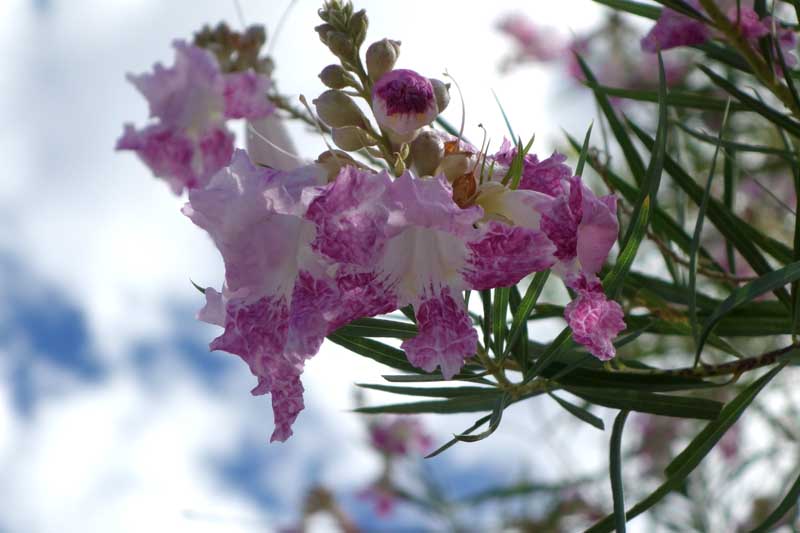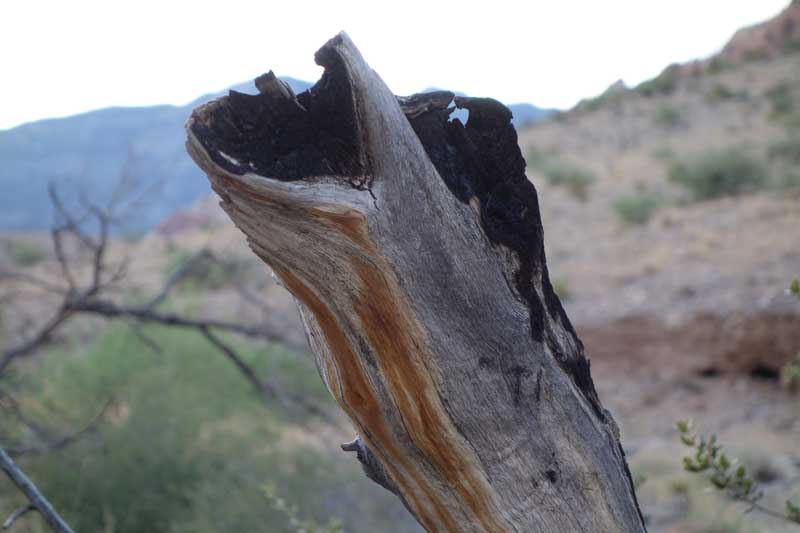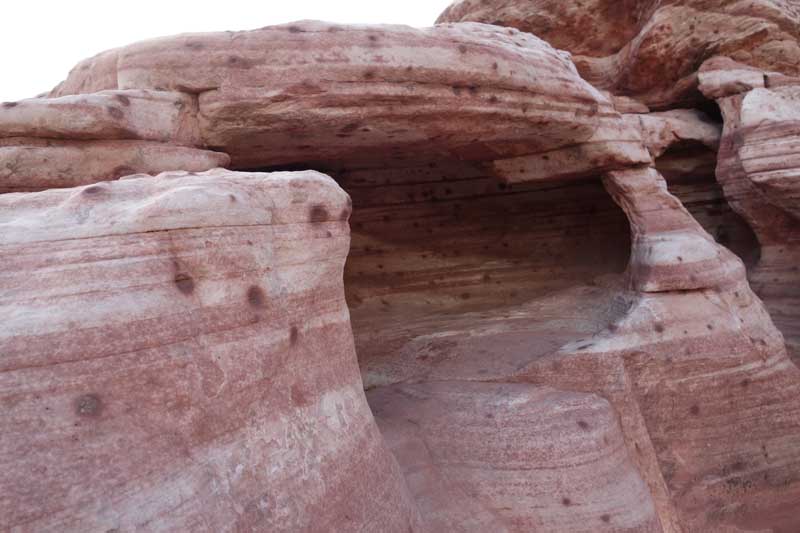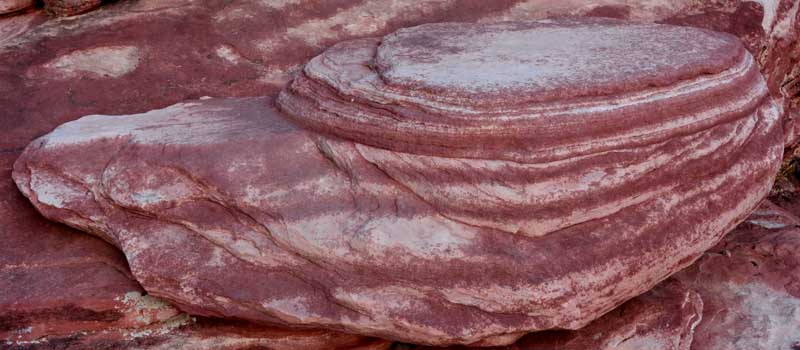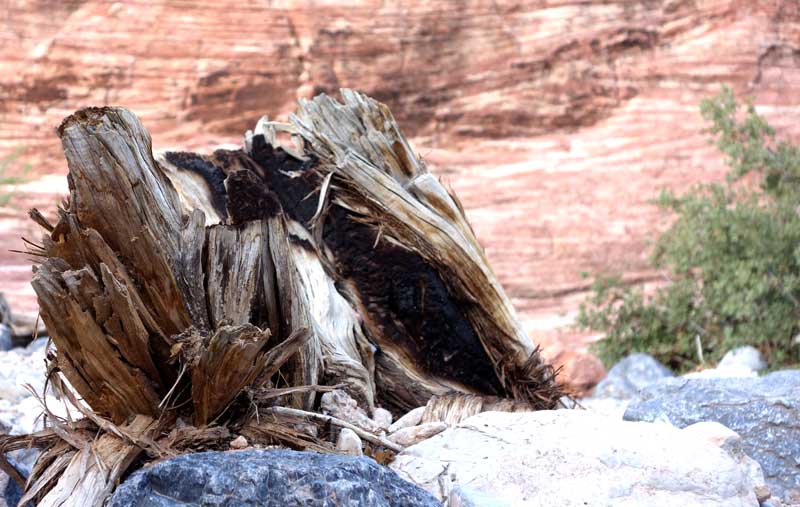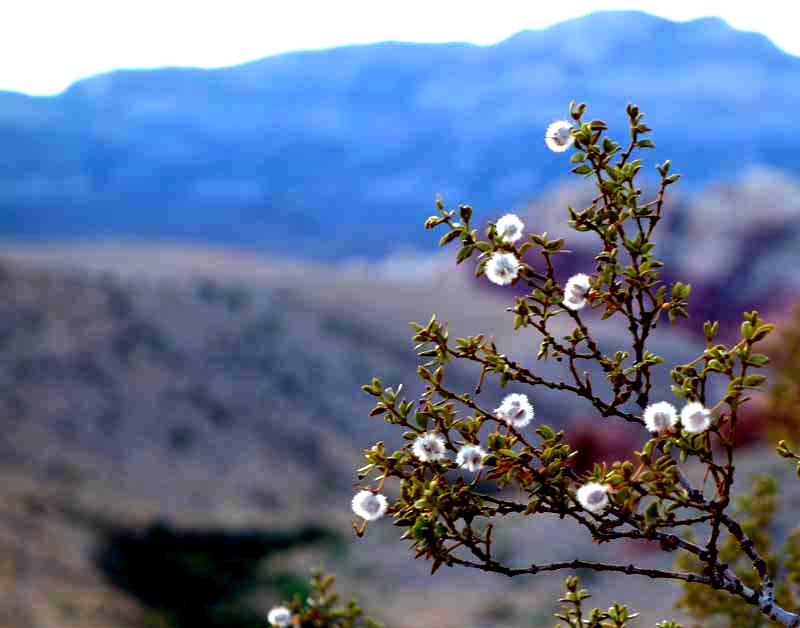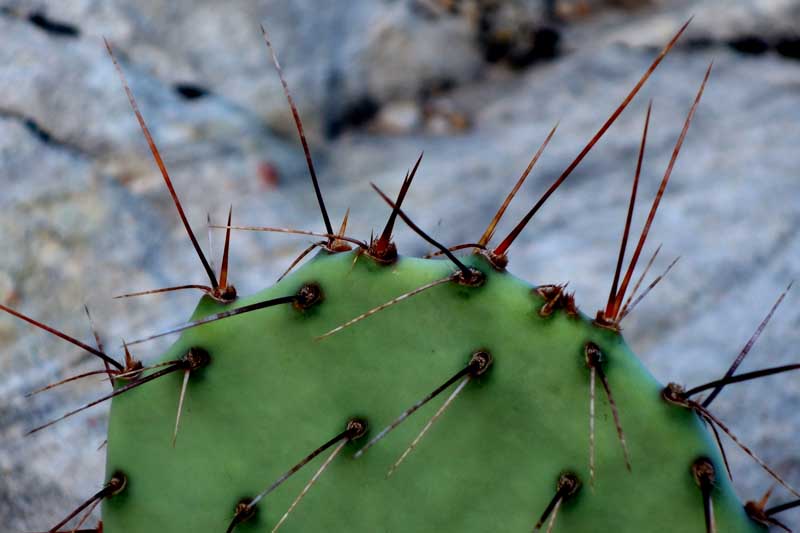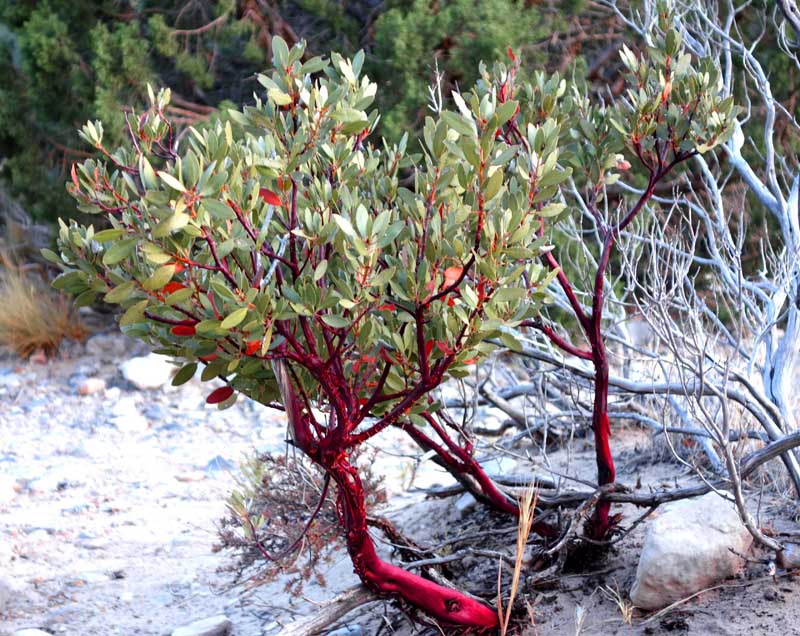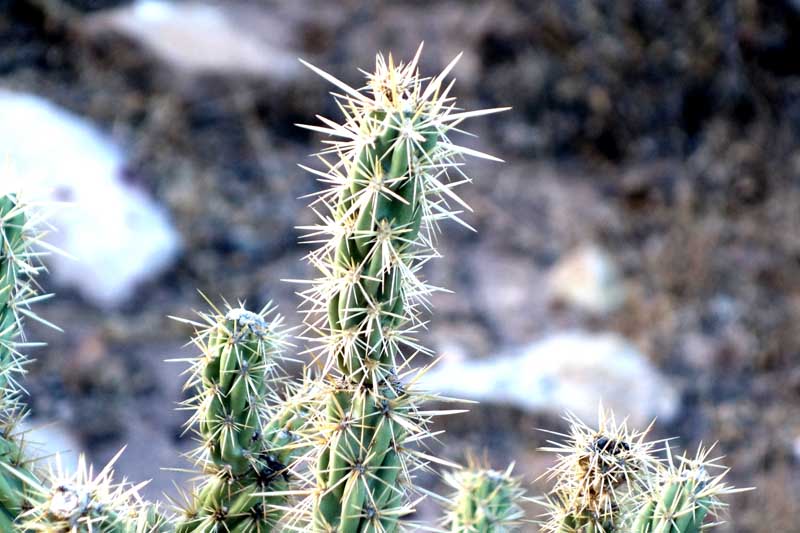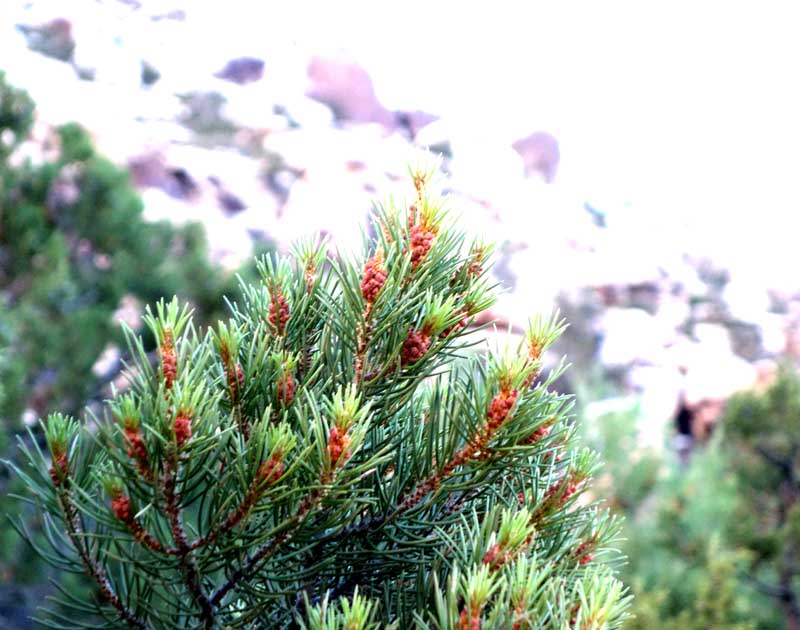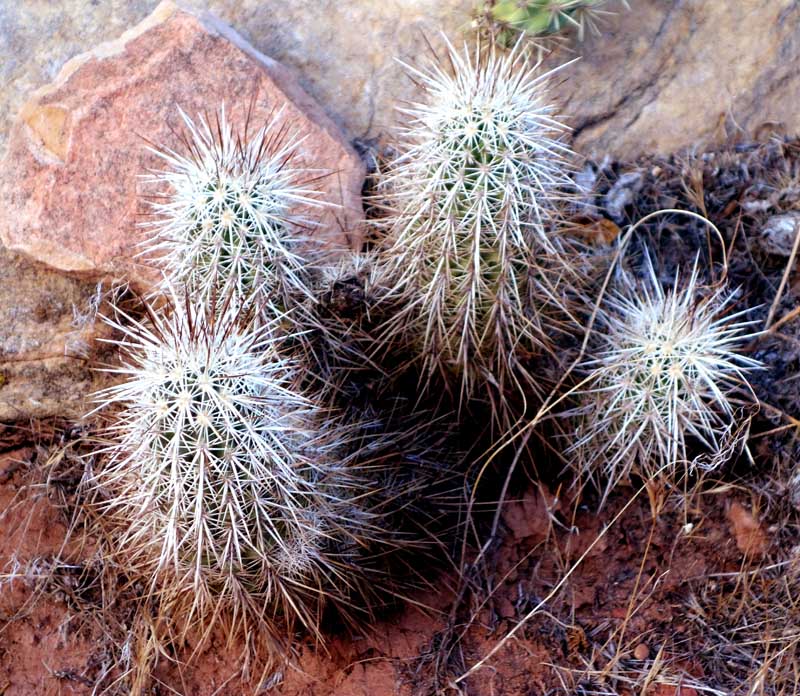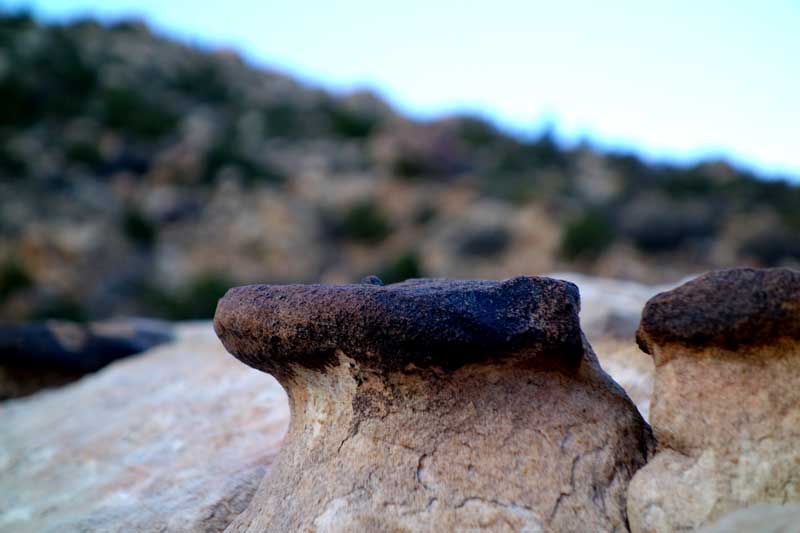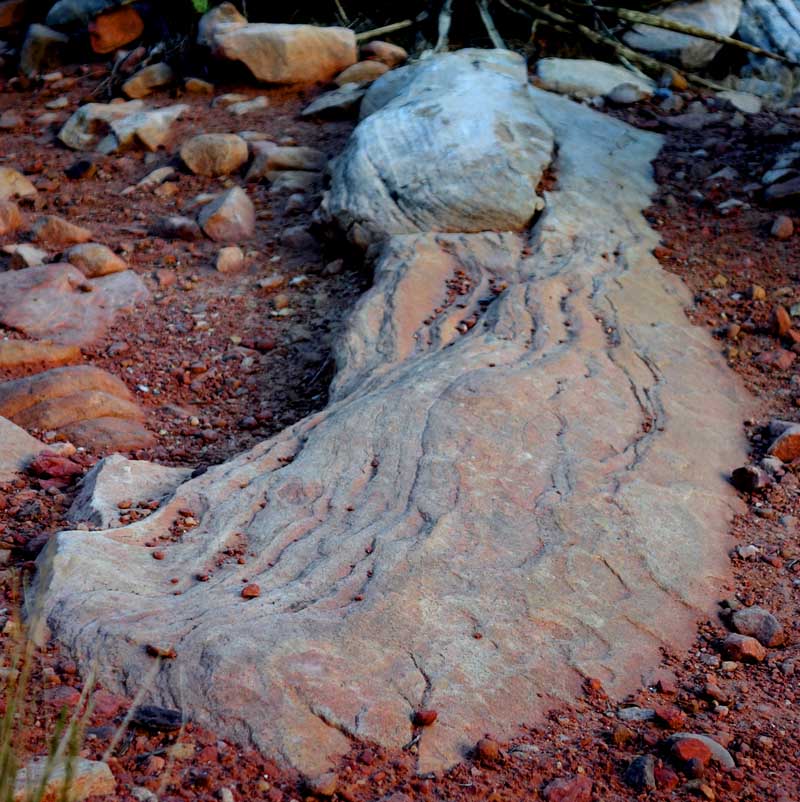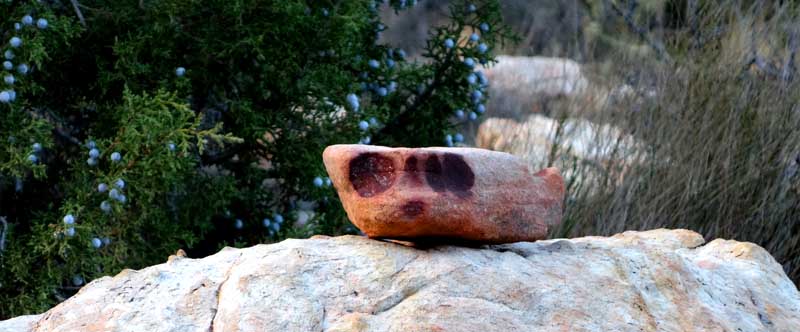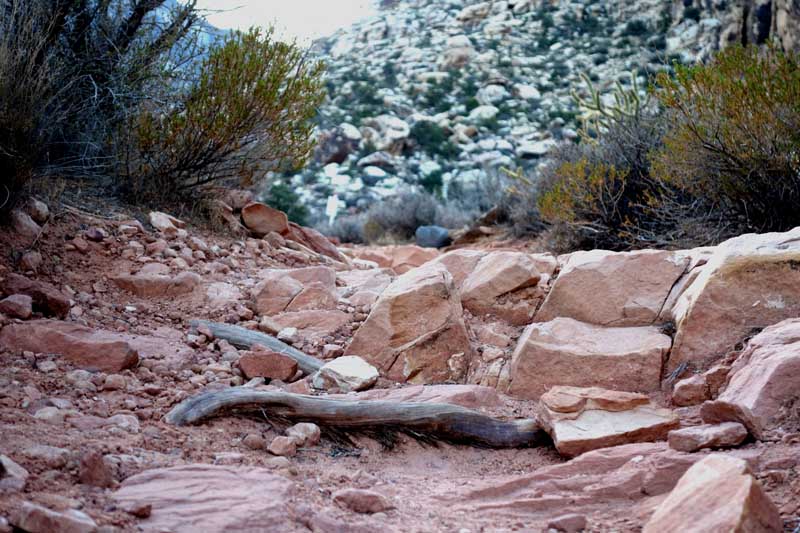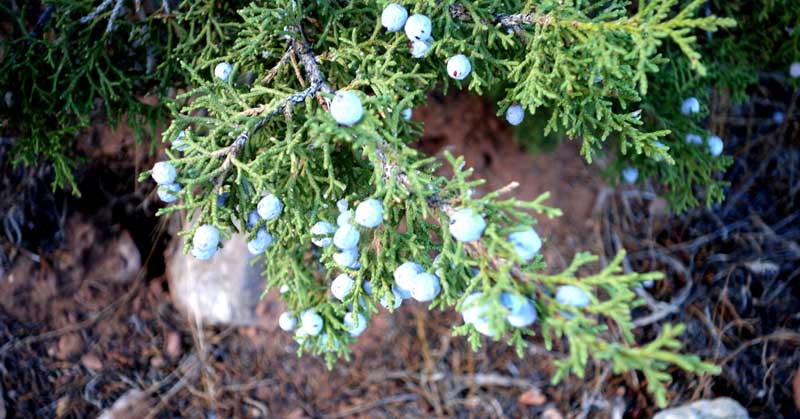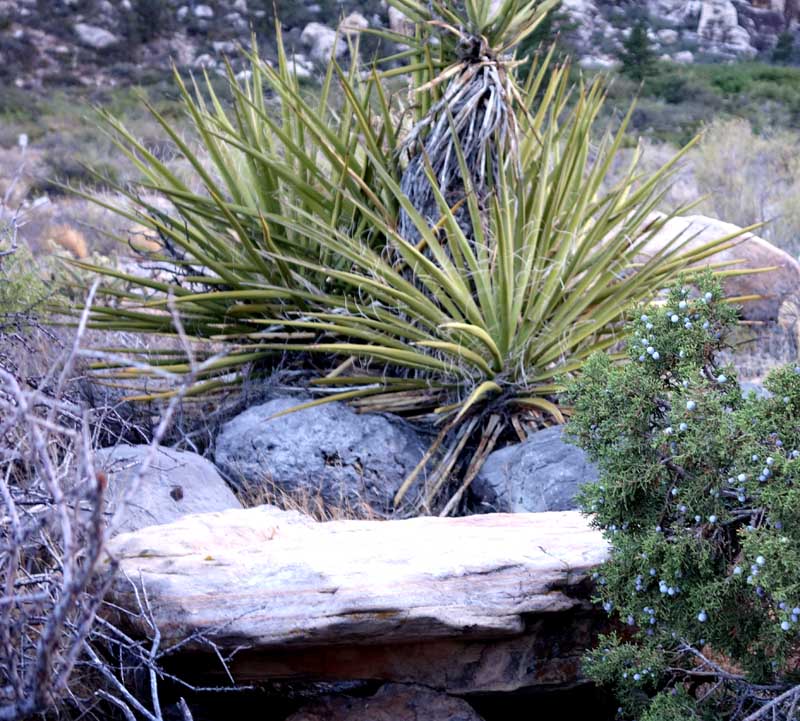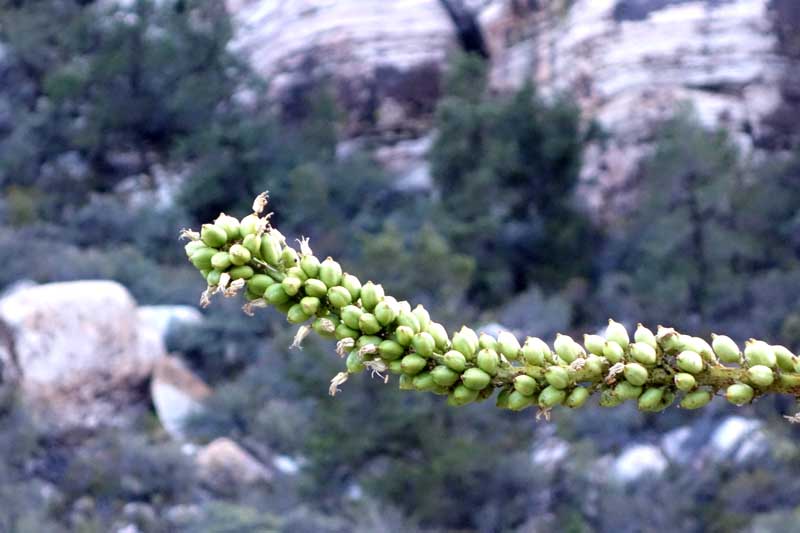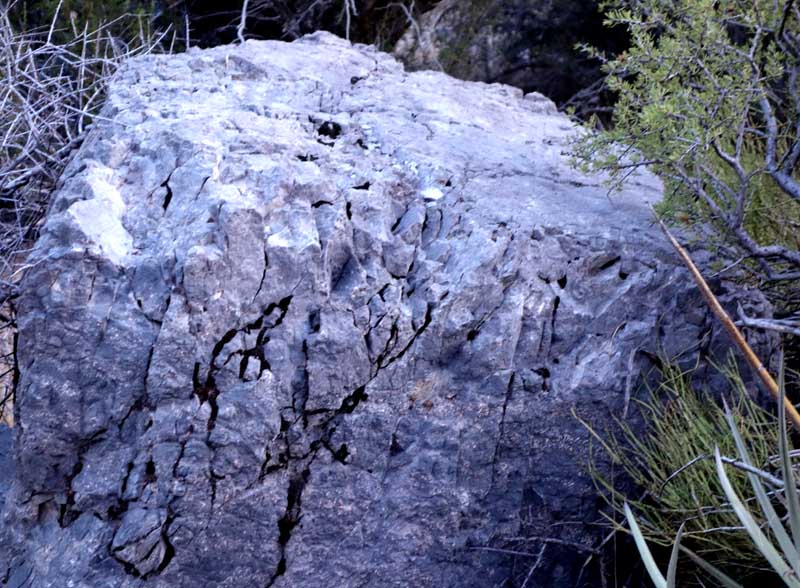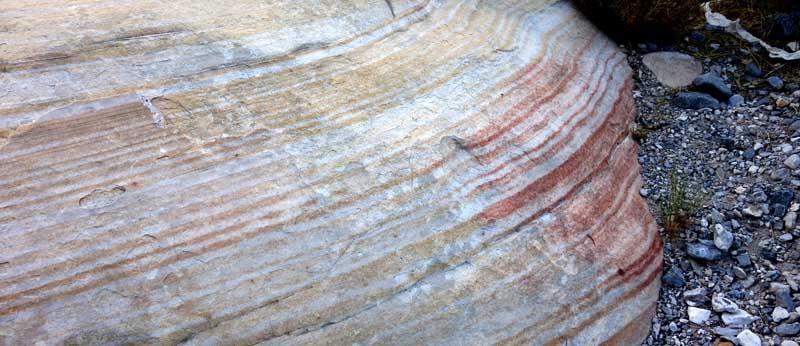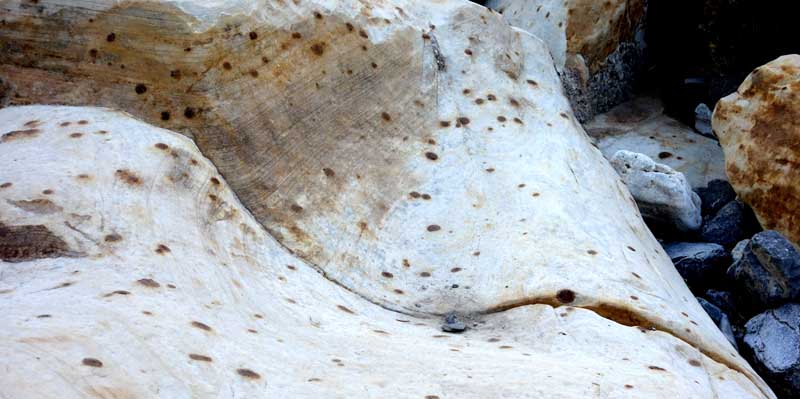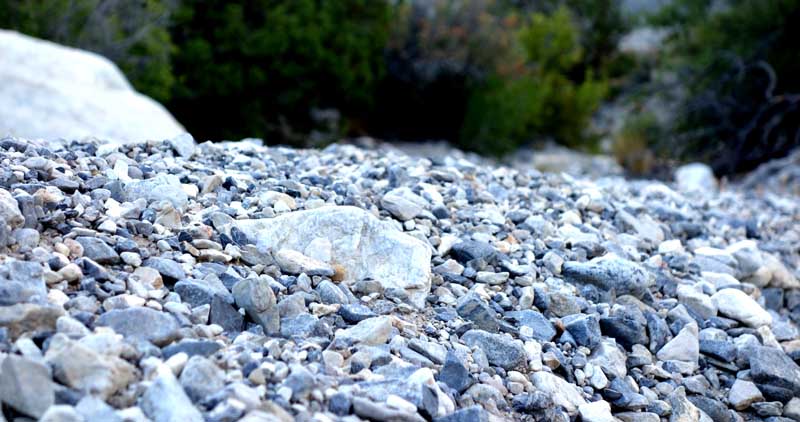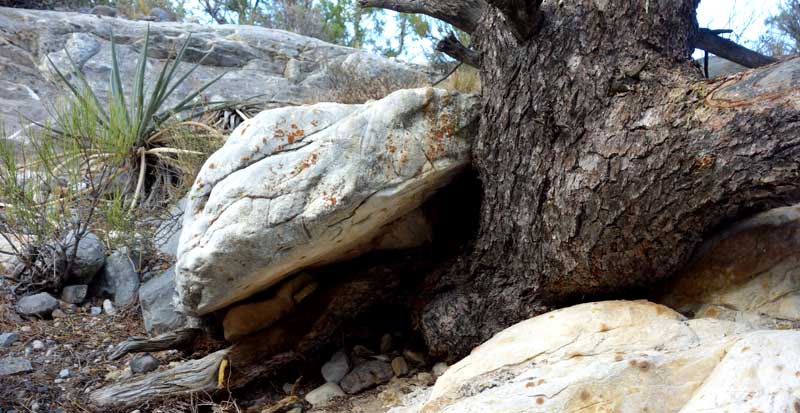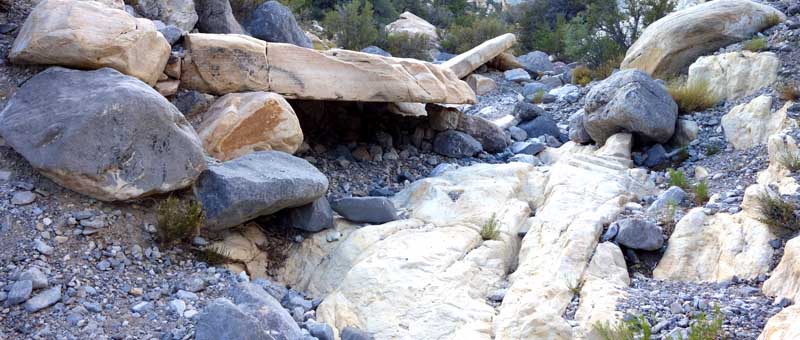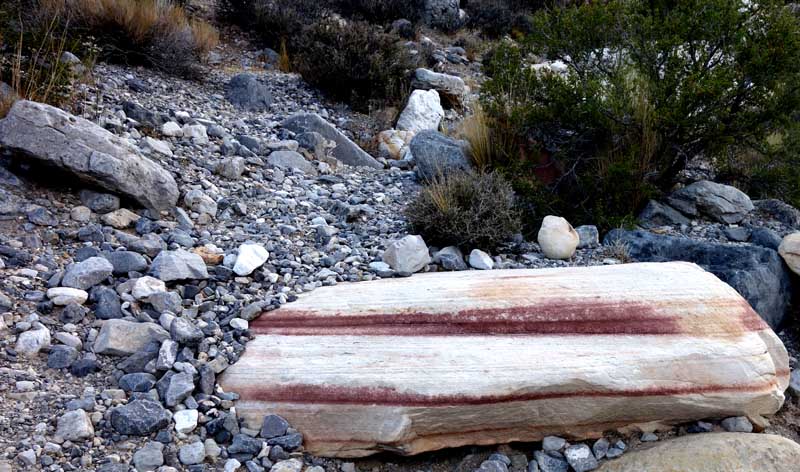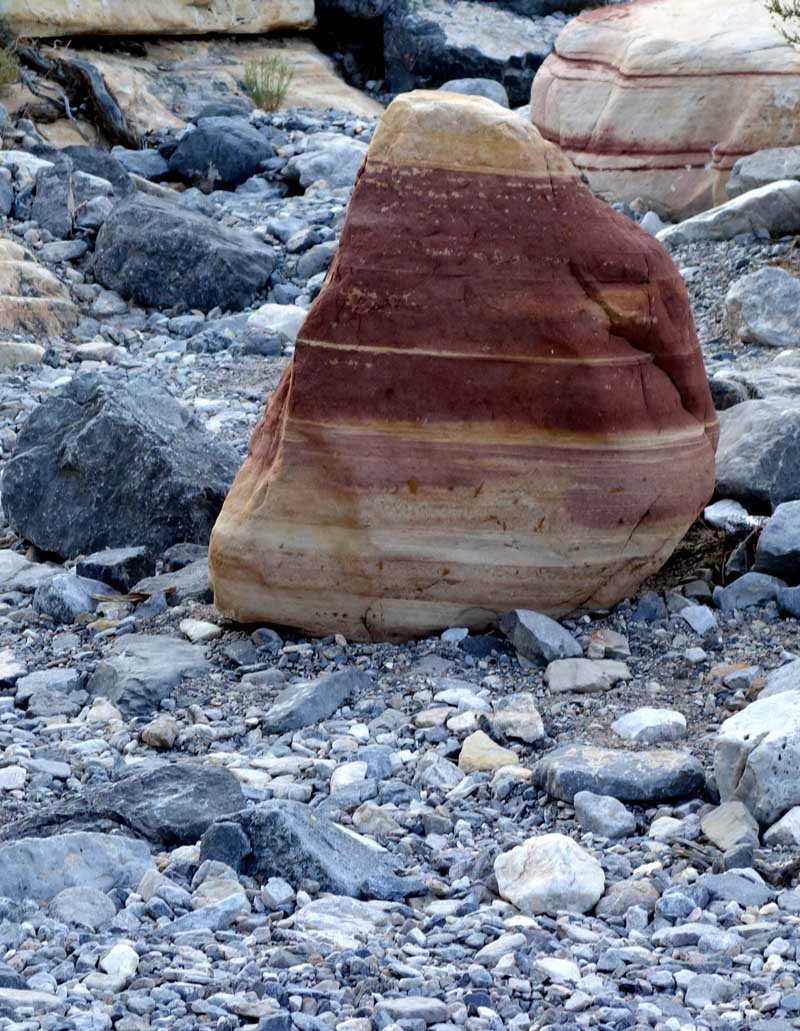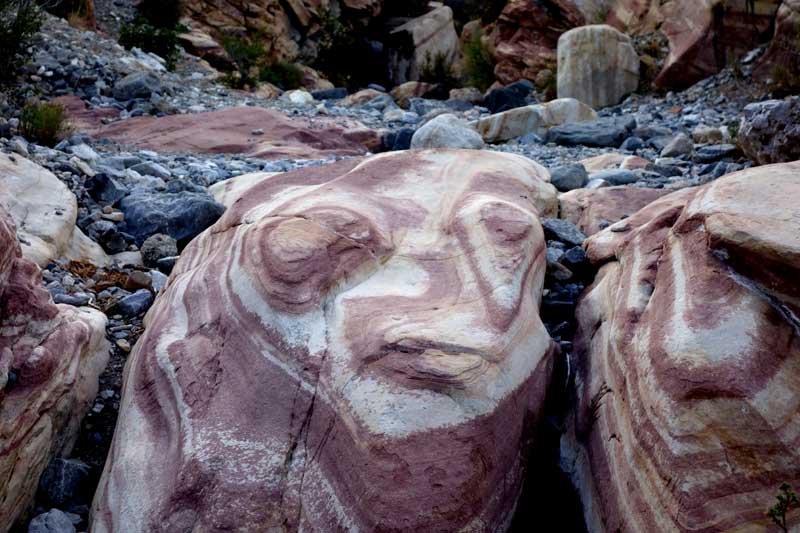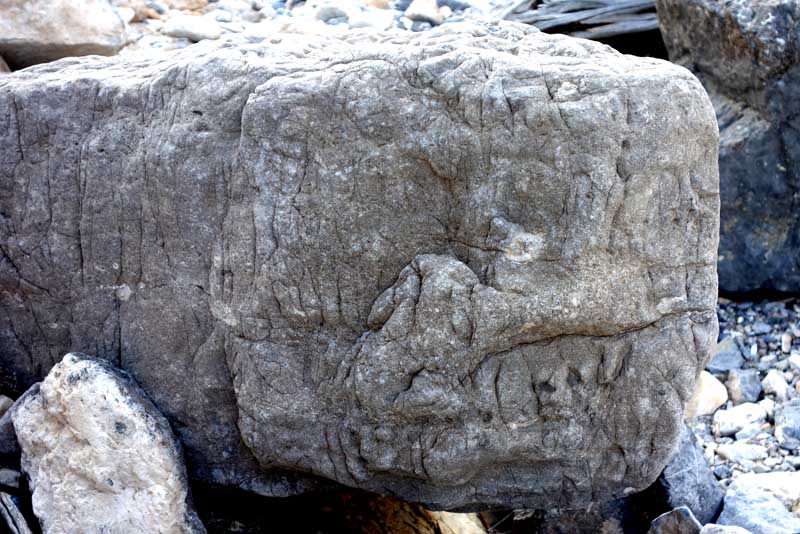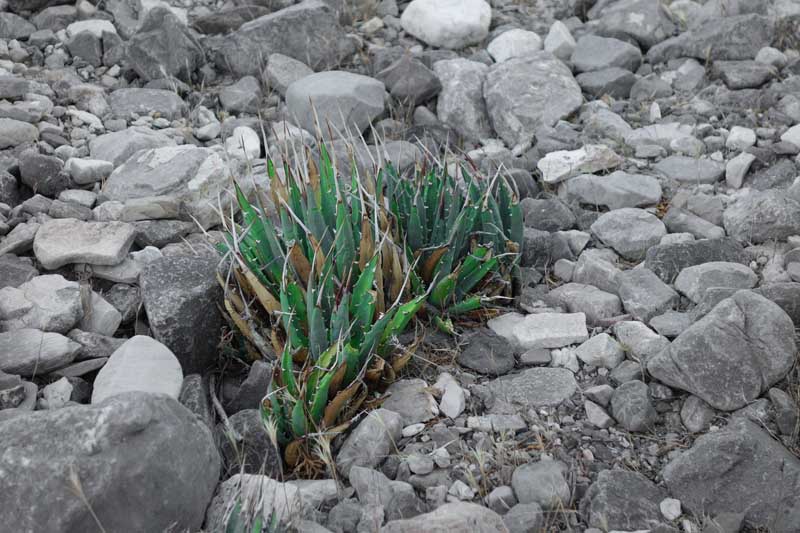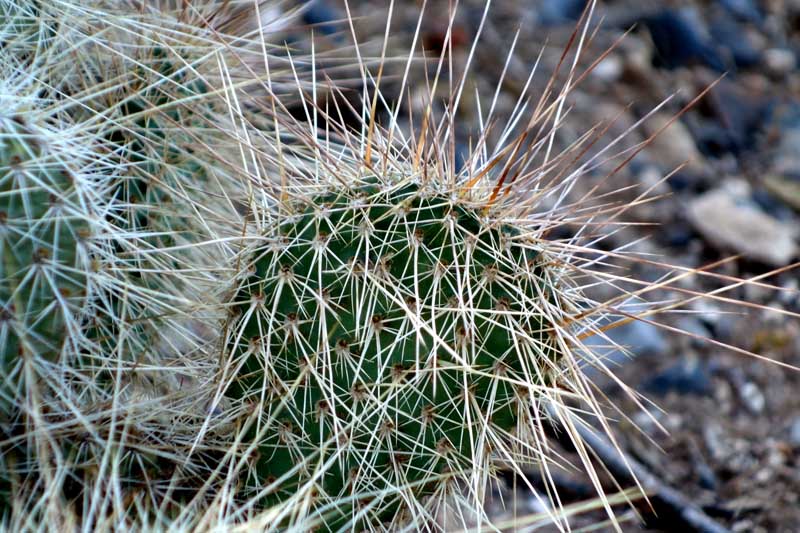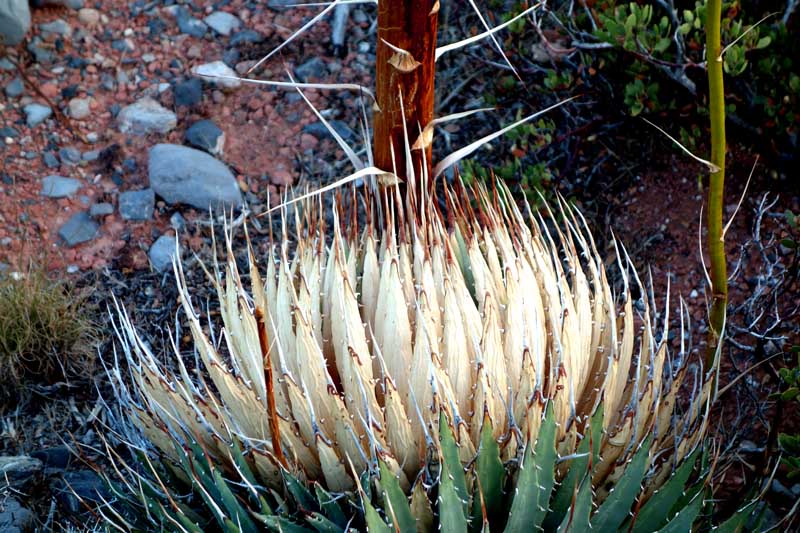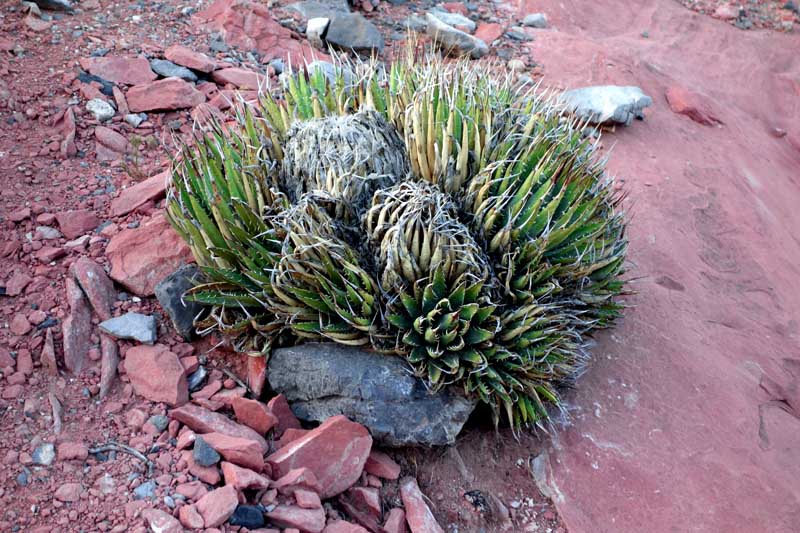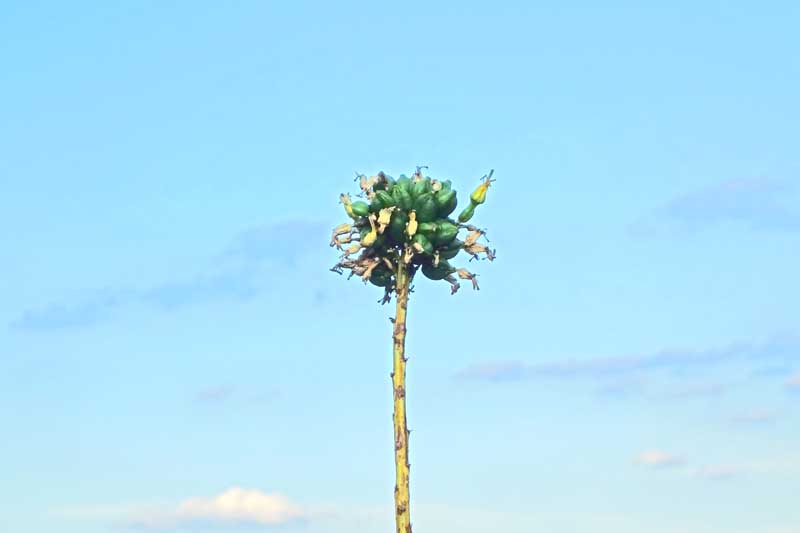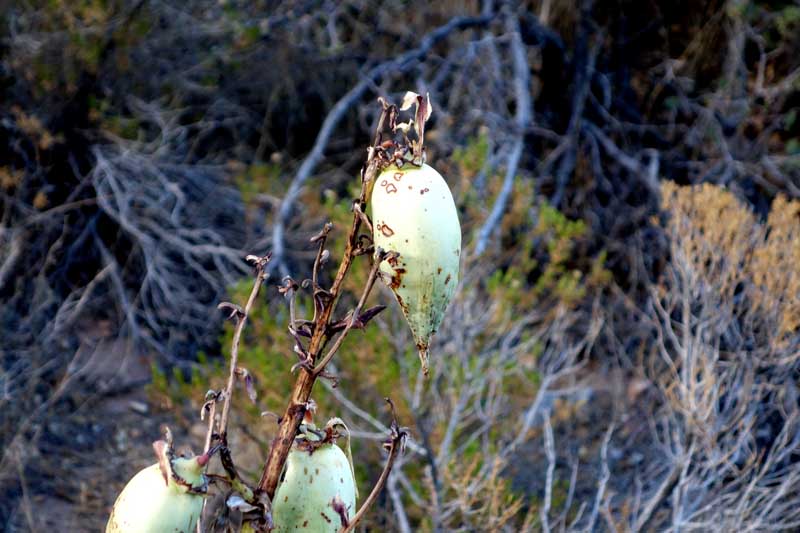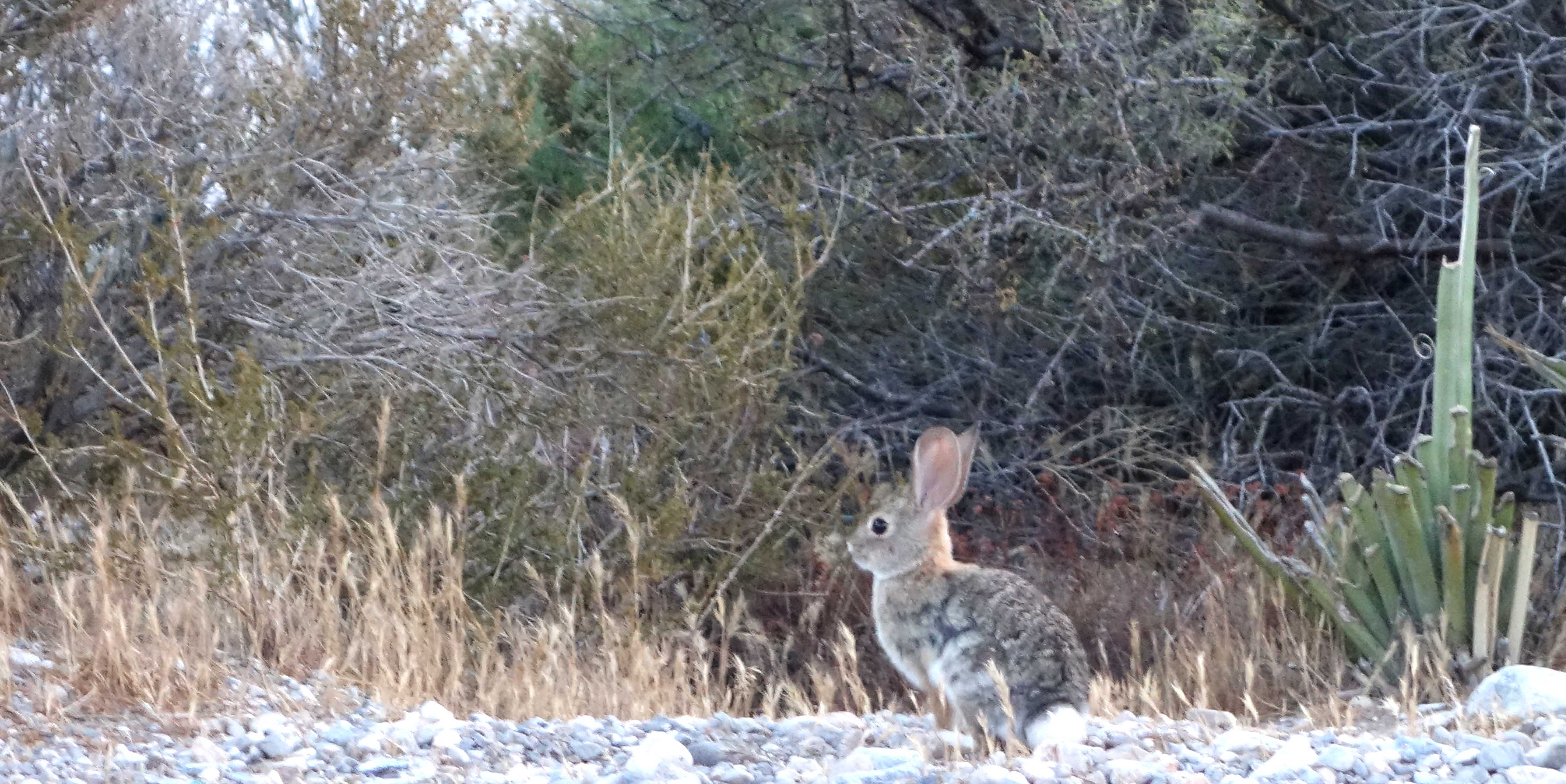LOOKING AT THE LITTLE THINGS IN LIFE
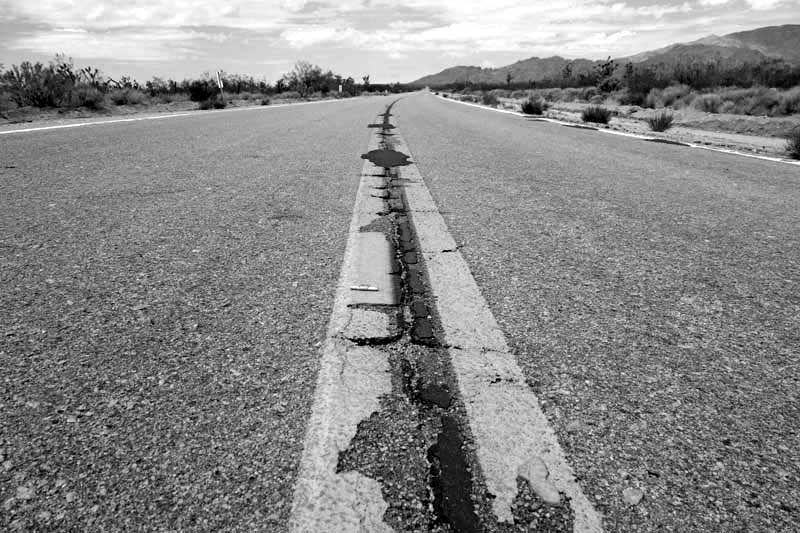 After a cancelled backpacking trip last weekend due to the San Jacinto Wilderness fire, Monday morning found me traveling towards Nevada. Driving 55 miles per hour on back roads tends to turn the road into a gray blur separated by a dirty white dividing-line in the center.
After a cancelled backpacking trip last weekend due to the San Jacinto Wilderness fire, Monday morning found me traveling towards Nevada. Driving 55 miles per hour on back roads tends to turn the road into a gray blur separated by a dirty white dividing-line in the center.
Stopping to take a pee break, a silver reflection in the center of the pavement changed the character of the next four days to come.
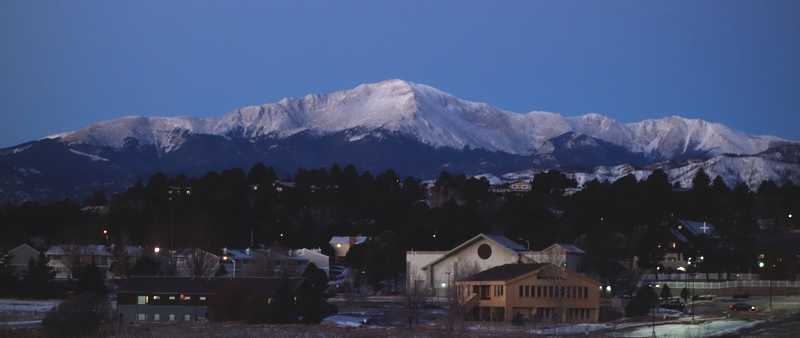
Living at the base of a big mountain changes one’s perception of the world. I first experienced this in 1969, when I became a cadet at the US Air Force Academy. Living at 7,258 feet elevation my backyard was the Rocky Mountains close to Pikes Peak, which stands at 14,110 feet above sea level.
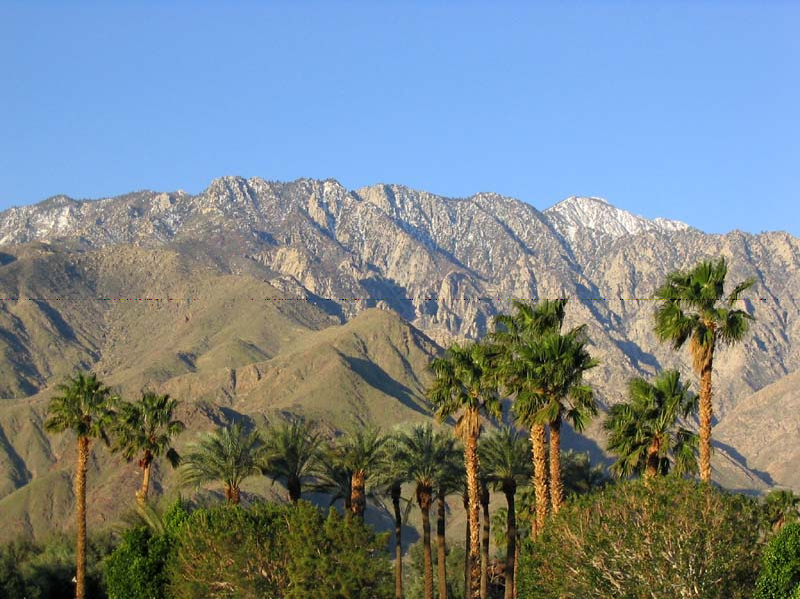
Eight years later I found myself living at the base of Mt San Jacinto, which has one of the largest topographically prominent peaks in the US. Its north face rises over 10,000 feet in just 7 miles of horizontal distance. I often hike from the east side to the peak – a trail distance of 17.5 miles and an elevation gain of 10,400 feet.
I cannot image living somewhere without a big mountain or desert close by. But these places tend to force us to view grand peaks, expansive horizons, and miles upon miles of vistas. Often these views shape my hiking into big miles, and constantly moving to the next spectacular vista.

When I travel to a distant hiking destination by car, I see the big sky and prominent landmarks, not the small jigsaw puzzle pieces that create the visual outside my window. These views are usually reminders of places hiked, or mental notes of places to visit. But it is the immensity of the view that normally attracts me, not the little pieces that are the foundation.
So here I was, last Monday watering a Joshua Tree, when the glint of something in the middle of the road caught my eye. It turned out to be a tire wheel weight, discarded by a high speed traveler. But close inspection caused me to see the road from a new view point. The gray road was constructed from millions of rocks and pebbles, tar, and the painted line was a thick yellow ribbon rising to the horizon.
When we are in wild places, they become what we choose to see. Our perception becomes our reality, and we filter this reality into something less that what it is. Arriving at my destination in Nevada, my mind told me the desert is what we want to see, or what we already know about it – not what it really is. Looking across the desert, I decided that this trip would be focused on the little things. Looking at patterns, textures, and the physically little things. I do see the building blocks of the landscape when I hike, but it is not a constant state of mind; to consciously focus on the macro views of small things. I resolved that this would be the theme of this hike. And over four days, this is what I did.
It wasn’t easy. There are time tables to keep, milestones to hit, and the need to look forward, far and wide, to navigate terrain and not get lost. Noticing the little things required wandering away from my planned route, climbing down into washes, traveling over boulders, or cresting a nearby ridge. These things take time. Taking pictures of the small world takes time also. I didn’t spend time to frame and experiment with the best vantage point to compose pictures. That would have tripled or quadrupled the time to complete the route. It just confirmed my belief that cameras suck up a lot of time. But the camera also forces one to stop and consider those little things around you. The hiker must learn to achieve their own perfect balance of time and reward.
PICTURES

In the end, the macro viewing trip turned out to be one of the more rewarding trips I have done this year.

